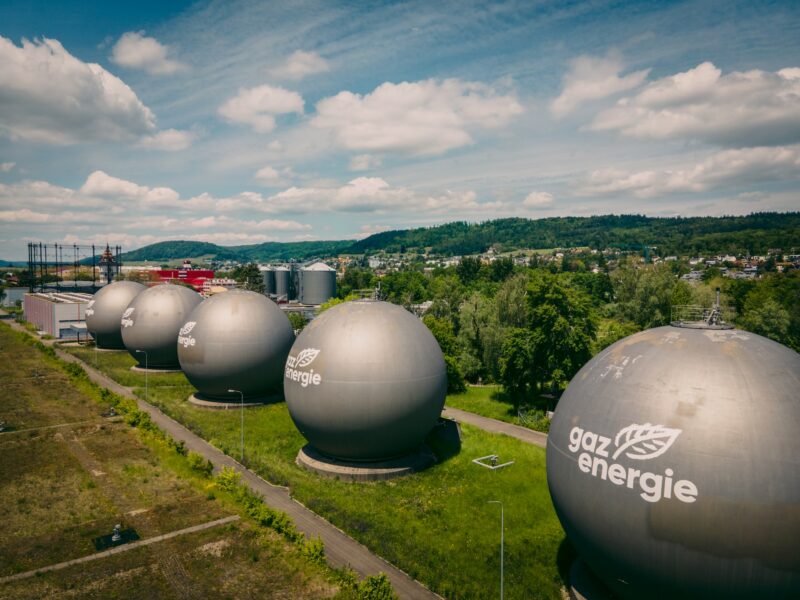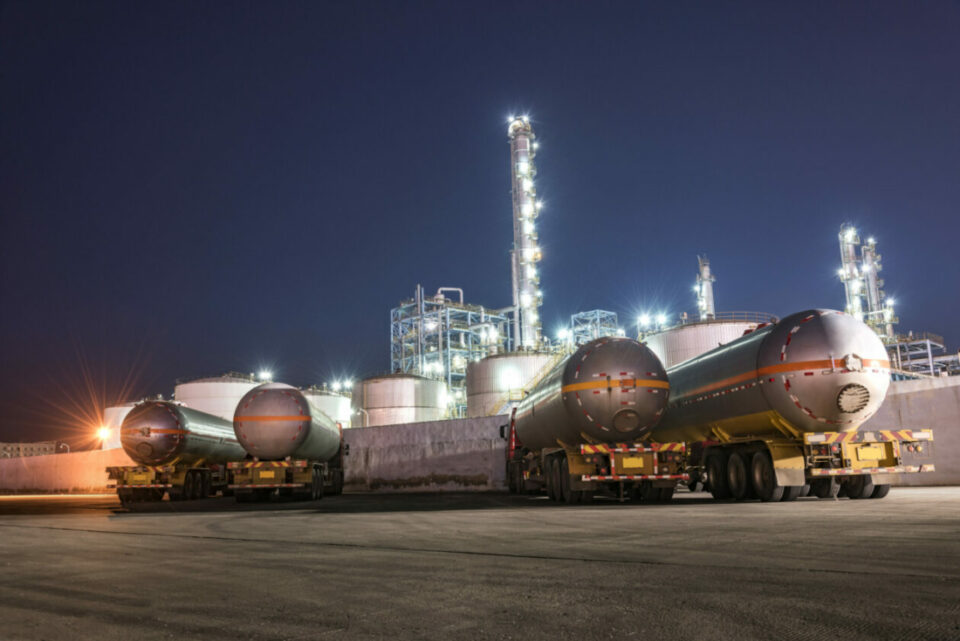The oil and gas industry, vast and multifaceted, can be a labyrinth to the uninitiated. At its heart lies the downstream sector, a segment crucial to our daily lives, from the fuel in our cars to the plastic in everyday items. This guide dives deep into this integral part of the oil and gas value chain, shedding light on its processes, products, challenges, and future trends.
What is Downstream in the Oil and Gas Industry?
The oil and gas industry is commonly segmented into upstream, midstream, and downstream sectors. While upstream deals with exploration and production, and midstream focuses on transportation, the downstream oil and gas sector is about refining crude oil and processing and purifying natural gas. It also encompasses the marketing and distribution of products derived from crude oil and natural gas.
Arrowhead Economics oil and gas consultancy stands as a crucial player in the downstream sector, offering expert economic analysis and strategic advisement. Their insights optimize operations, manage risks, and capitalize on emerging opportunities, shaping the sector’s trajectory amidst a changing energy landscape.

How does the Downstream Process Work?
Diving into the mechanics, the downstream process is extensive and methodical:
- Refining crude oil into finished products
- Transporting refined products to distribution points and consumers
- Marketing and selling these products to end consumers
- Ensuring quality and compliance with regulatory standards
What are the Key Components of the Downstream Sector?
The downstream sector is an intricate web of operations, facilities, and functions. At its core, the following components stand out:
Refineries:
Refineries are large industrial complexes that process and refine crude oil into usable products. These facilities are often located close to transportation hubs to facilitate the distribution of refined products.
Petrochemical Plants:
Separate from refineries, these plants produce chemicals from refined petroleum or natural gas. These chemicals are then used as raw materials for a vast array of products, from plastics to pharmaceuticals.
Distribution Centers:
These centers store and distribute refined products, ensuring a seamless flow to retailers and consumers.
Retail Outlets:
Gas stations or service stations represent the final point in the downstream process, where consumers directly interact with the industry’s products.
What Products Emerge from Downstream Processing?

The downstream process yields a plethora of products, some of which include:
- Gasoline for vehicles
- Diesel and jet fuel
- Lubricants and greases
- Asphalt for road construction
- Heating oil
- Natural gas liquids used in manufacturing
- Various petrochemicals
What is the Role of Petrochemicals in Downstream Processing?
Petrochemicals have an outsized influence on the downstream industry. These chemicals, derived from petroleum, are fundamental building blocks for a myriad of products, from plastics to synthetic materials, greatly expanding the reach and impact of the oil and gas industry.
How is Quality Ensured in Downstream Processes?
Quality control is paramount in the downstream sector. Some mechanisms include:
- Regular inspections and maintenance of facilities
- Advanced technological equipment for precision in refining
- Compliance checks with industry and environmental standards
- Continuous employee training for best practices
How are Oil Refineries Regulated?
Regulations are pivotal in ensuring safe and sustainable refining operations. Governments worldwide impose stringent standards, encompassing emission levels, waste disposal, worker safety, and more.
What are the Environmental Concerns of Downstream Operations?
Environmental considerations in downstream operations predominantly revolve around:
- Air pollution due to emissions
- Water pollution from effluents and spills
- Carbon footprint and climate change implications
- How are Emissions Managed in Refineries?
- Tackling emissions is critical. Techniques and strategies include:
- Installing advanced emission control systems
- Regular monitoring and reporting
- Investing in cleaner and more efficient technologies
- What are the Water Management Strategies in Downstream Processes?
- Water usage, especially in refining, is significant. Ensuring minimal wastage and pollution involves:
- Water recycling and reuse systems
- Effective wastewater treatment facilities
- Monitoring and reducing water consumption
How has Technology Impacted Downstream Processes?

Technological advancements have revolutionized the downstream sector, from refining techniques to product distribution. Enhanced efficiency, reduced environmental footprint, and higher profitability are among the myriad benefits.
What is Digital Transformation in the Downstream Sector?
Digital transformation is reshaping the downstream industry. From AI-driven refining processes to digitized supply chains, technology ensures more streamlined, efficient, and adaptive operations.
What are the Economic Aspects of Downstream?
The economic significance of the downstream sector is undeniable, as it contributes massively to global GDP and employment. Major economic facets include:
- Contribution to fiscal revenues through taxes and duties
- Providing employment opportunities on a large scale
- Investments in infrastructure and technological advancements
- Stabilizing global energy markets by ensuring supply consistency
How Do Oil Prices Affect Downstream Operations?
Oil prices, subject to global geopolitical and economic forces, directly influence the profitability of downstream operations. A rise in crude prices can increase raw material costs for refiners. Conversely, lower prices can lead to reduced profit margins for retail outlets. It’s a delicate balancing act for the sector.
What are the Investment Opportunities in Downstream?
Potential investors can look towards:
- Greenfield refinery projects
- Upgradation of existing facilities for enhanced efficiency
- Research and development in cleaner fuel technologies
- Investments in retail outlets and distribution networks
- What are the Challenges and Risks in Downstream Operations?
While downstream is a linchpin of modern economies, it is not without its challenges:
- Geopolitical risks affecting crude supply
- Market volatility and fluctuating oil prices
- Stringent regulatory frameworks and environmental concerns
- Safety risks, given the hazardous nature of products and processes
- How Do Downstream Companies Mitigate Risks?
- Mitigation strategies involve:
- Diversifying crude supply sources
- Adopting hedging strategies to buffer against price fluctuations
- Continual training and safety drills for employees
- Technological investments to enhance efficiency and safety
What is the Future of the Downstream Sector?

As the global energy landscape undergoes seismic shifts, so too will the downstream sector. We can anticipate more sustainable practices, greater technological integration, and perhaps a gradual pivot towards renewable energy sources.
What Role Will Renewable Energy Play in Downstream’s Future?
The rise of renewables, like solar and wind, is irrefutable. For the downstream sector, this could mean diversification. Think biofuels and integration with renewable energy sources. It’s an evolution, one geared towards a sustainable energy future.
How Can One Pursue a Career in the Downstream Sector?
For those keen on joining the dynamic world of downstream, opportunities abound in refining, marketing, research, and more. Educational prerequisites often involve degrees in chemical engineering, business administration, or relevant fields.
What Skills Are in Demand for Downstream Professionals?
The sector seeks individuals adept in:
- Process optimization
- Digital tool proficiency, like AI and machine learning
- Regulatory and environmental compliance
- Marketing and supply chain management
- Research and development capabilities
Conclusion
From the gas fueling of our vehicles to the plastic items we use daily, the influence of the downstream oil and gas sector is pervasive. As we’ve journeyed through its intricacies, challenges, and future prospects, one thing stands clear: its role, while evolving, remains central to our modern way of life.
As renewable energy sources make their mark, the sector’s resilience and adaptability will define its future trajectory. One can only anticipate the innovations and transformations it will usher in the days to come.
